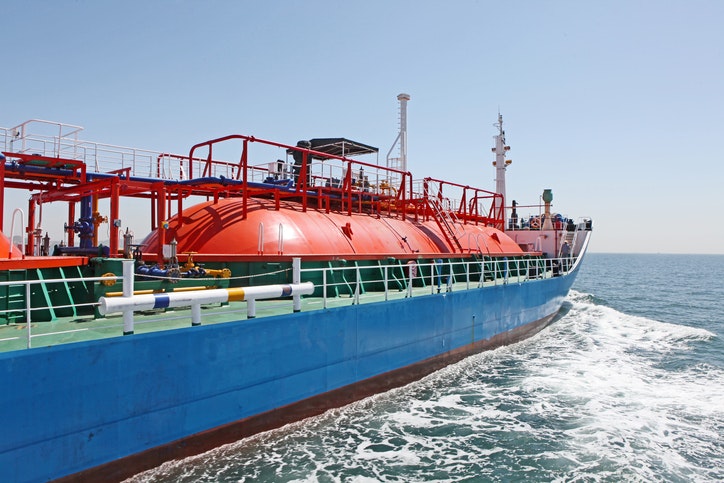The rise of the FSRU

Written by Tadas Matulionis, Director of LNG Terminal at KN. Tadas will be speaking at Flame this May in Amsterdam on "New small scale LNG markets".
In comparison to its big brother – Oil – the LNG industry is used to a casual revolution once in a while. What will be the next twist in the way it should think about its modus operandi? The commercial flexibility coming to the port near you, and the technological choice may be surprising to some – please let me explain.
Over the last two decades the long standing point-to-point LNG contractual arrangement was surpassed by portfolio trading. Flexible destination clauses and upside sharing is now commonplace. Then, the ascent of shale gas in the US completely turned the tables – the perceived demand source became a supply powerhouse. A major re-think also happened on the import infrastructure side – since the first Floating Storage and Regasification Unit was delivered a decade ago, the world now has more than 20 operational LNG terminals based on FSRU technology and the conventional bulky on-shore import terminal solution is being marginalised.
Cost and schedule competitiveness of the FSRU solution is easy to explain: vessels are built in established shipyards with significant accumulated experience and know how. Economies of scale and replication win over grand bespoke civil engineering solutions. In this way, the conventional onshore infrastructure requirement in most cases is reduced to a bare minimum of jetty and connecting pipelines. FSRU owners and operators also benefit from vessel crews familiar with a standardised design and operations, reducing operating costs and improving safety of the terminal.
The next step in the FSRU story is to show it can do more. The continuous unbundling of vertically integrated LNG supply chain leads to dissolution of established single-user operating modes. By introducing third party access rules and flexible multi-user services, LNG import terminals enable to reach into smaller, yet high-value markets. Further small scale LNG developments such as bunkering and truck loading for off grid consumption are built on the back of break-bulking services from large scale terminals.
A great example of commercial innovation - a virtual swap model employed at Klaipeda LNG terminal that enables multiple users to share the LNG stored in the FSRU tanks and plan the regasification profile that is to a considerable degree independent of their own cargo arrivals. Terminal users are able to start taking LNG from the tank that was physically delivered by someone else and at the same time are required to provide appropriate commercial guarantees that LNG will be delivered in time for the joint use by other customers. The internal use cost is allocated proportionally to all users according to their virtual storage use, with least cost born by users with highest utilisation rates. It is a joint interest of all terminal customers to add more users and share the cost. Traders with as little as half a conventional cargo are able to virtually store and use their volumes throughout the year. This ability to extend the regasification period is key for deliveries into shallow markets, normally supplied by small traders with limited end client portfolios.
The benefits described here are not just a theoretical aspiration, but have been proven during the first three years of operations of the Klaipeda LNG terminal. Three terminal users are sourcing LNG from two suppliers and managing their regasification volumes throughout the year with ease, while small scale LNG reload service has been flawless. Gas molecules from this one terminal have already reached markets in six countries around the Baltic sea.
And so the evolution of LNG industry continues. The wave of innovation has swept through the supply chain and deeper into gas market towards the end customer. After parts of the chain become a commoditised service, new plyers come forth to utilise tools available and create value through novel ideas. FSRU based multi-user and multi-service LNG import terminal solution unlocks opportunities for gas suppliers and consumers alike. Klaipedos Nafta is proud to be at the forefront of this commercial innovation.
